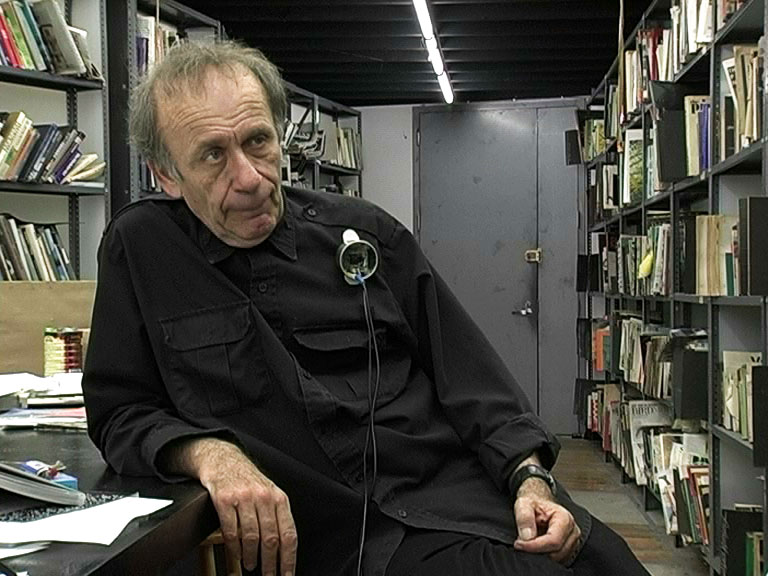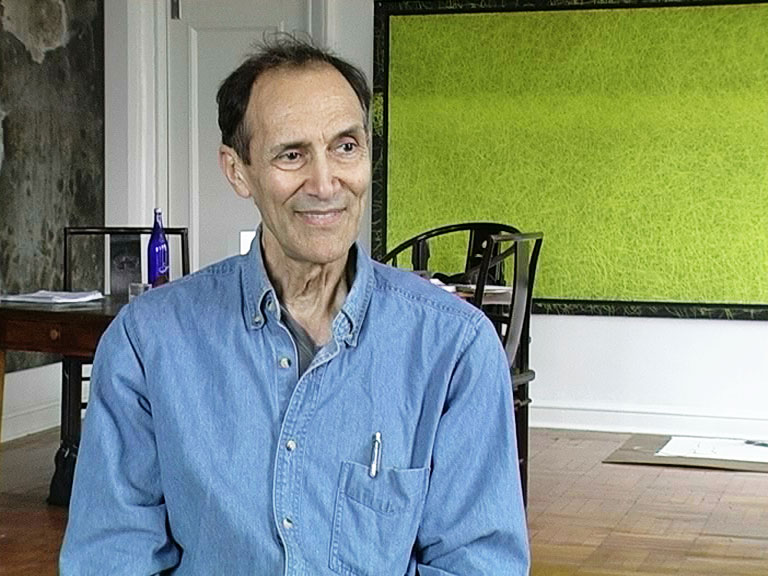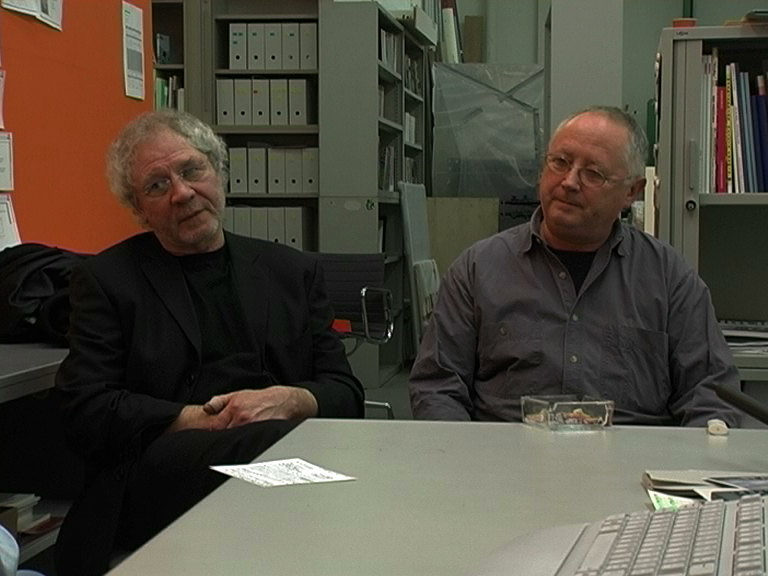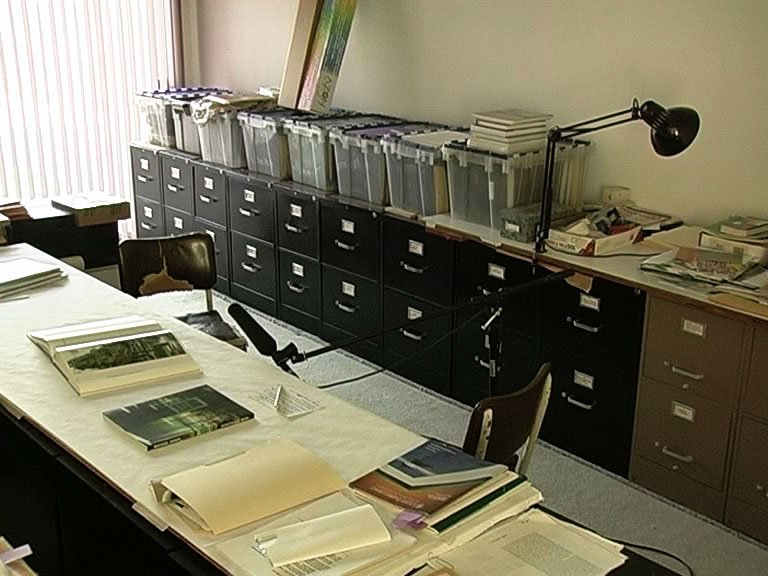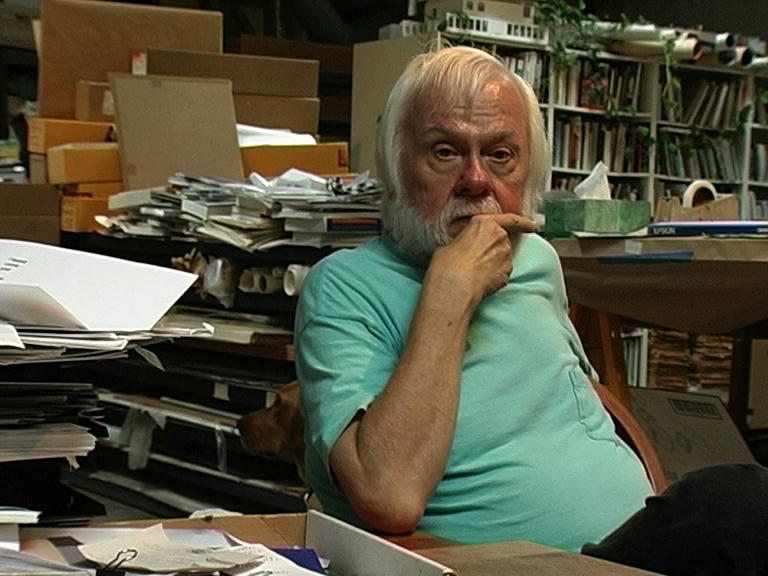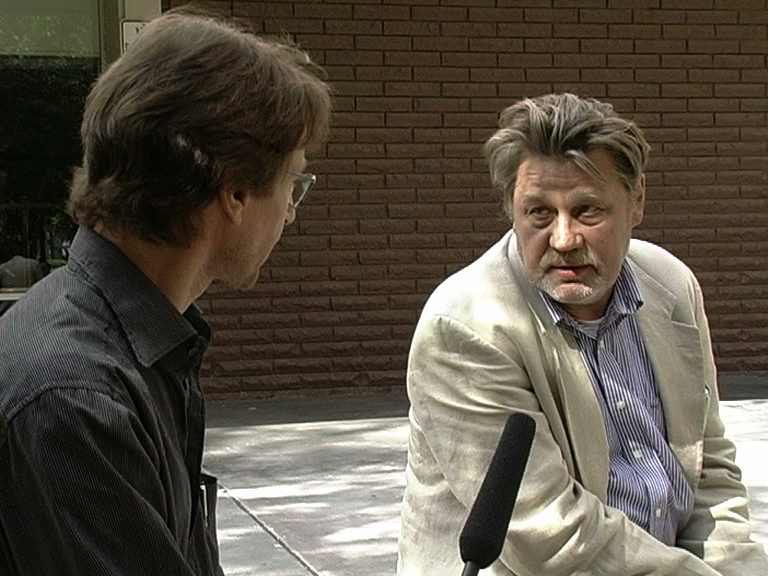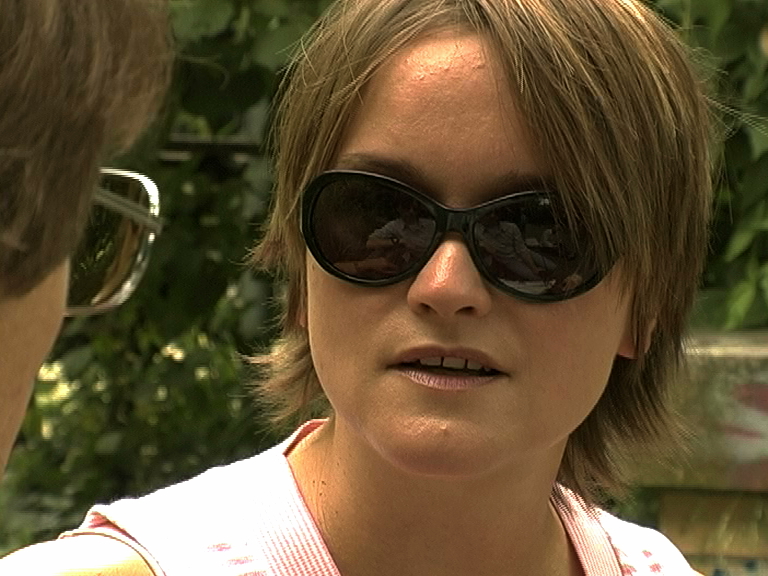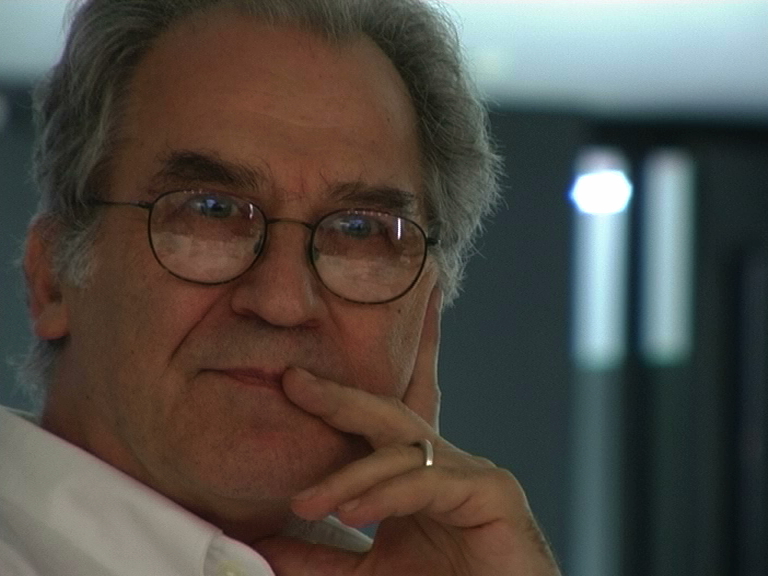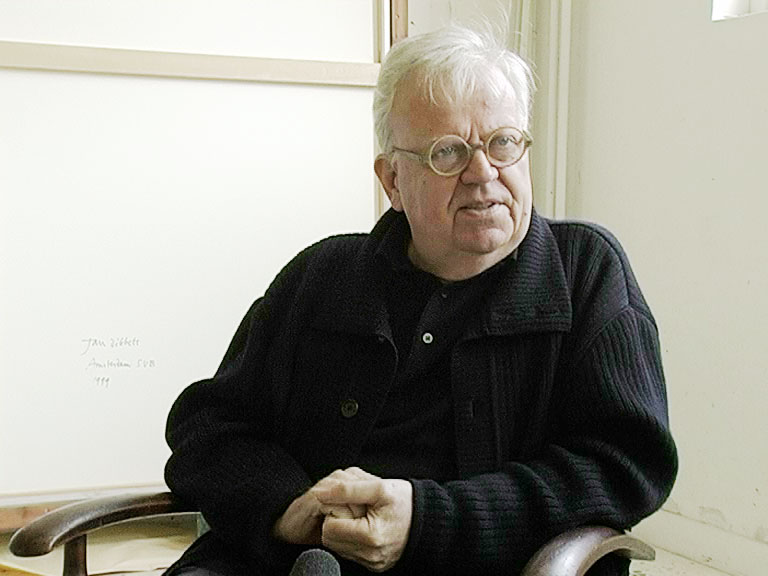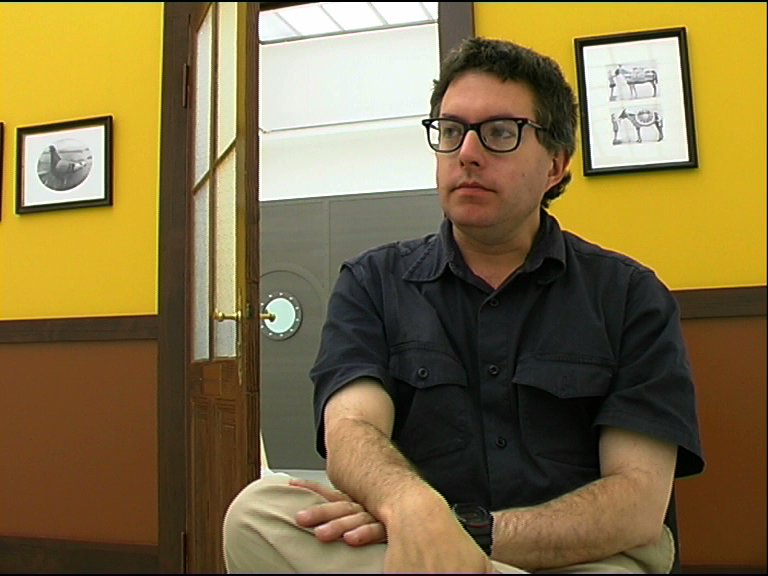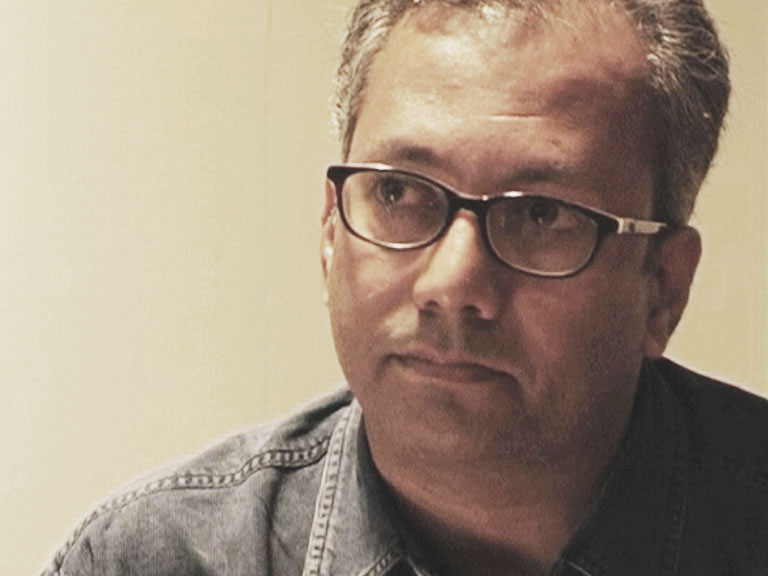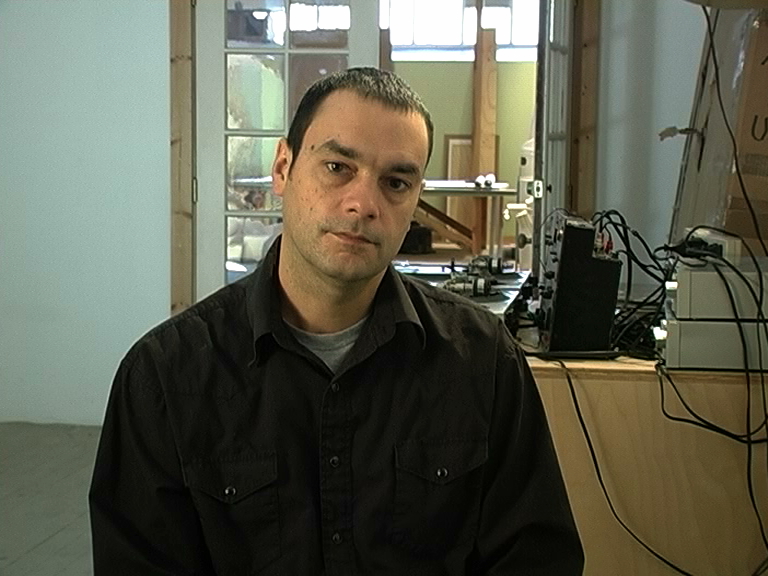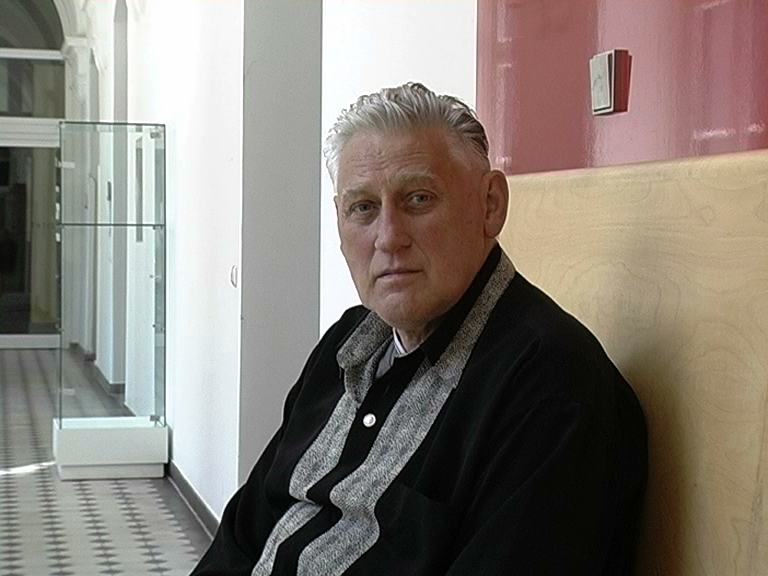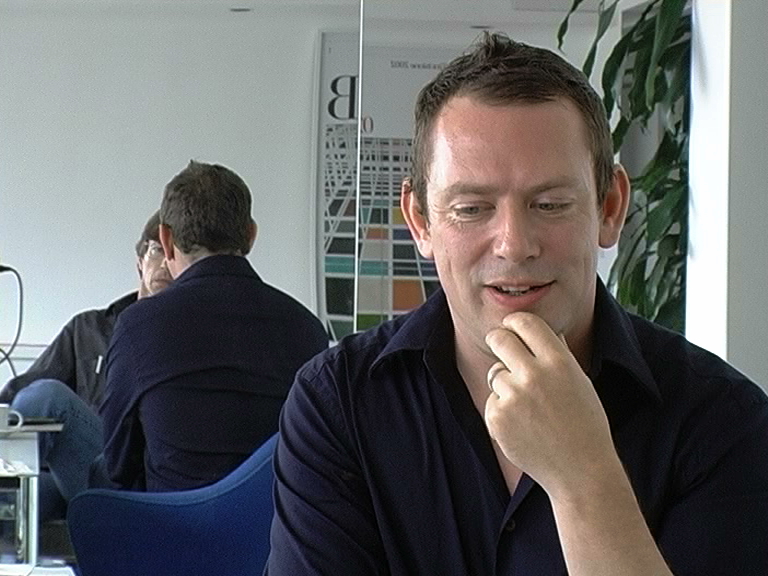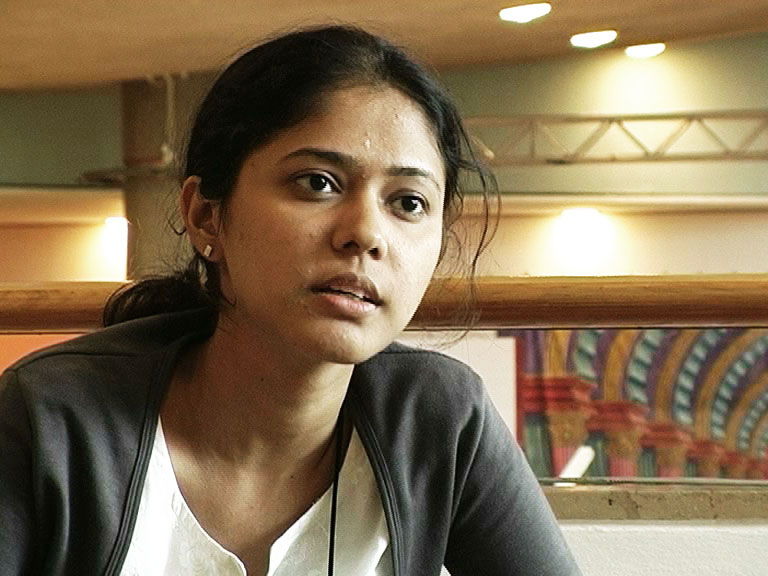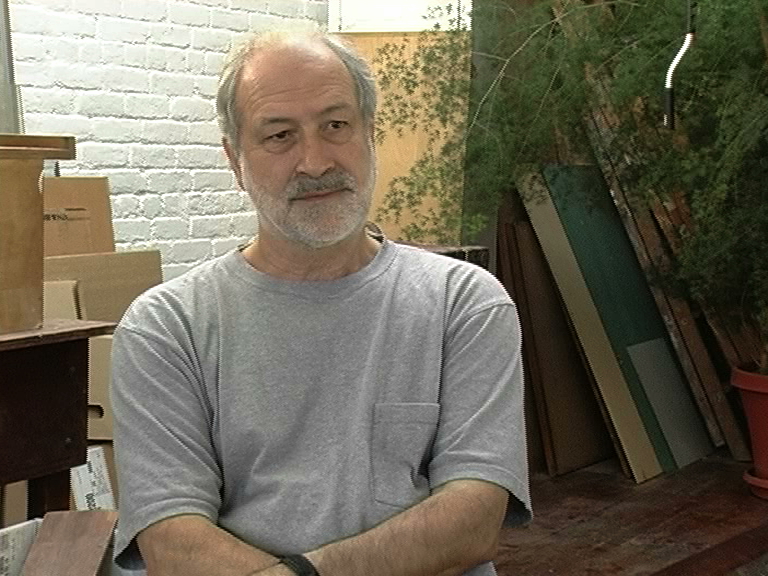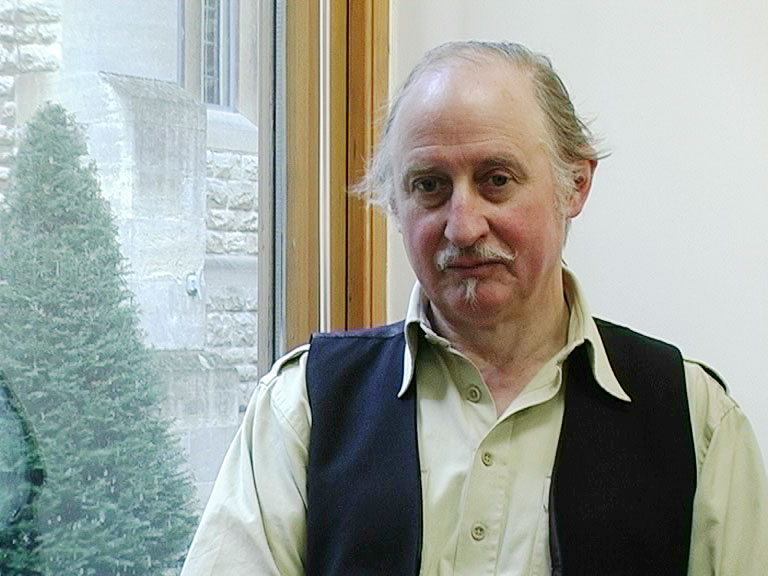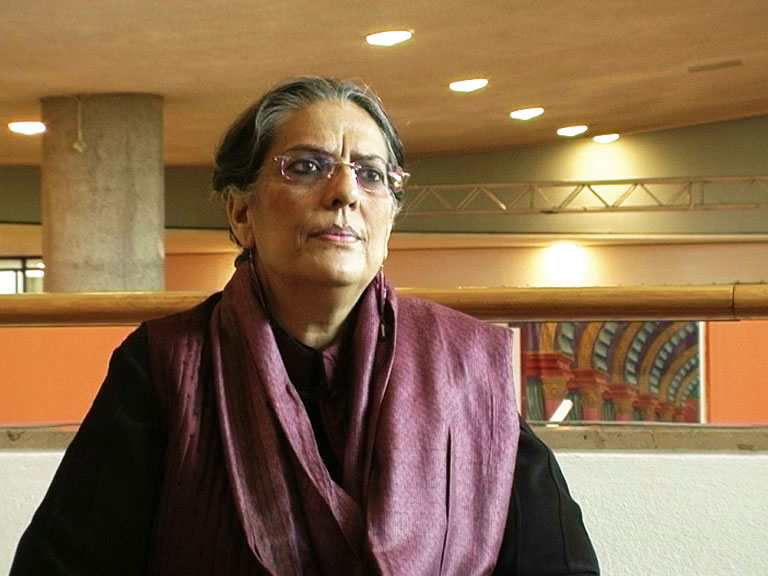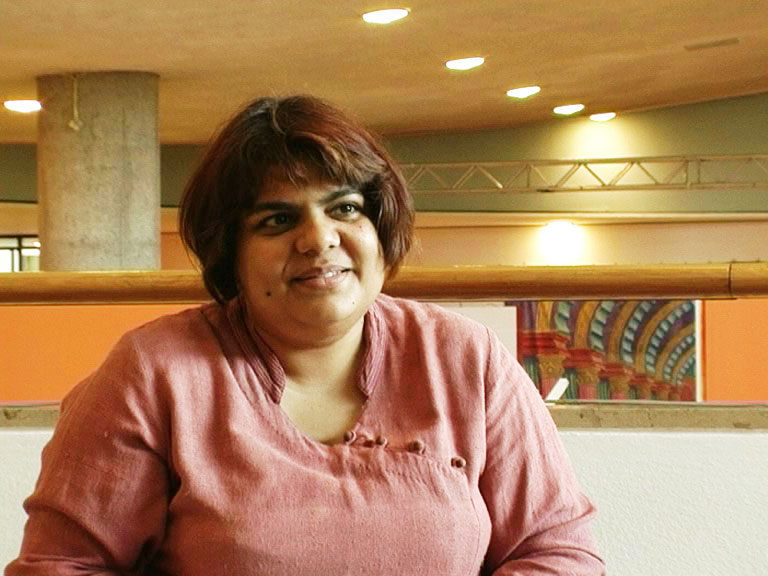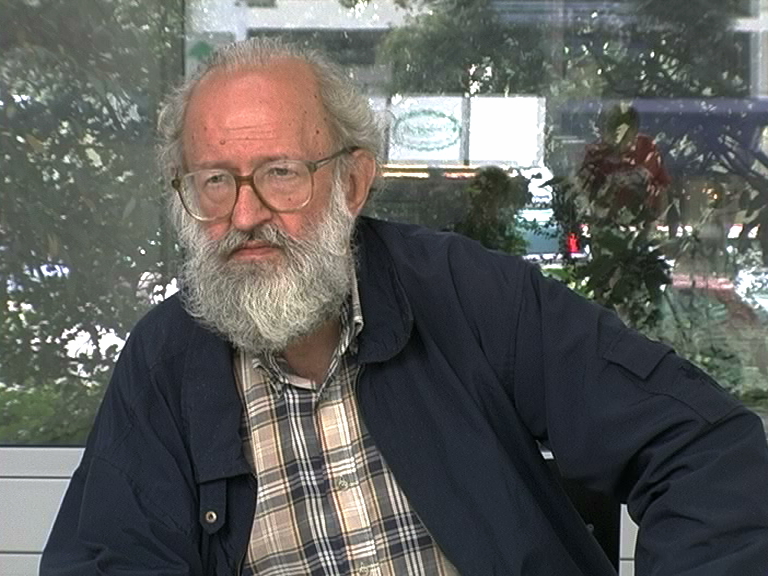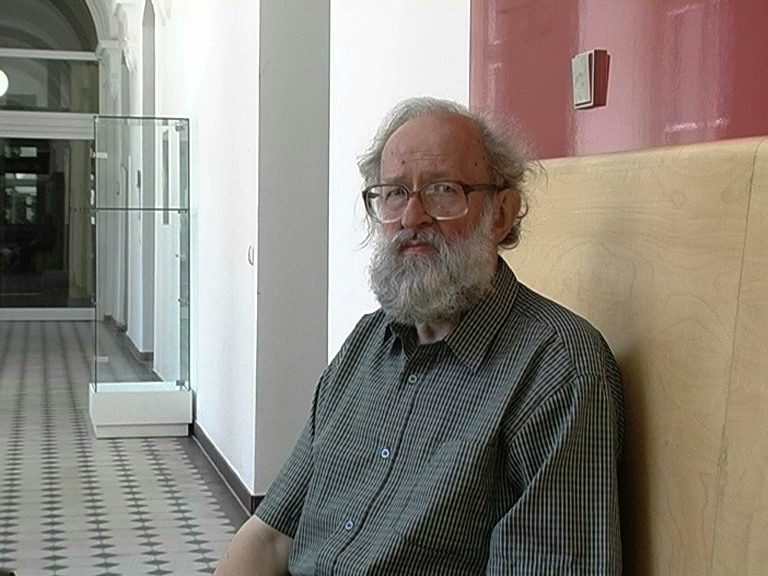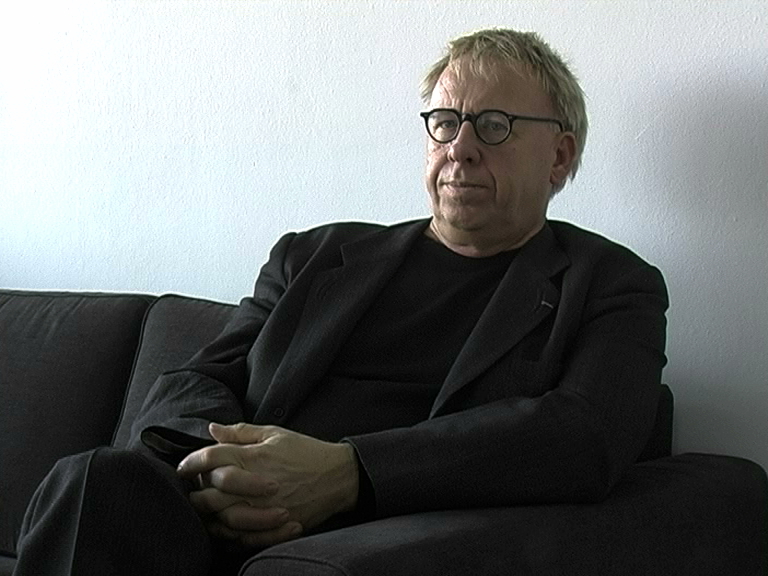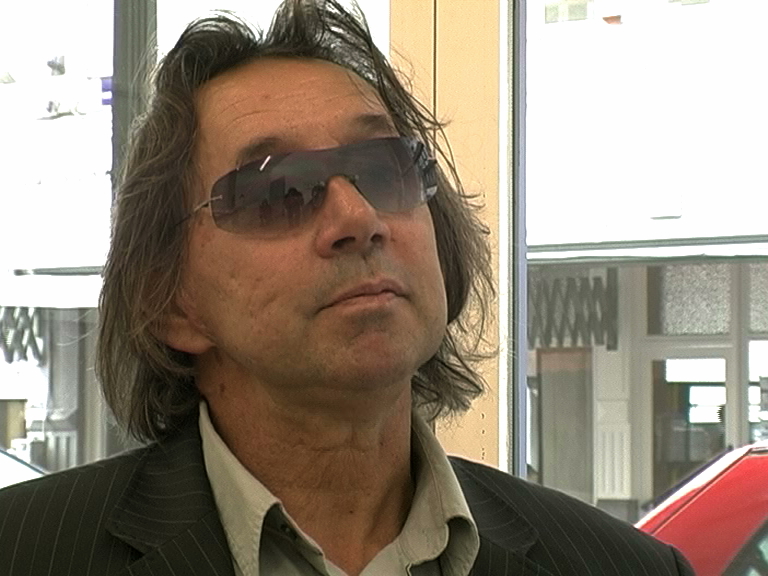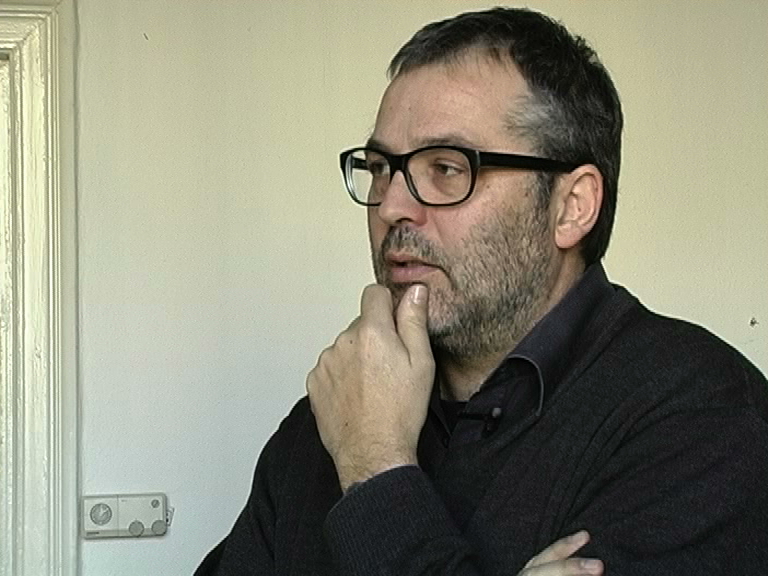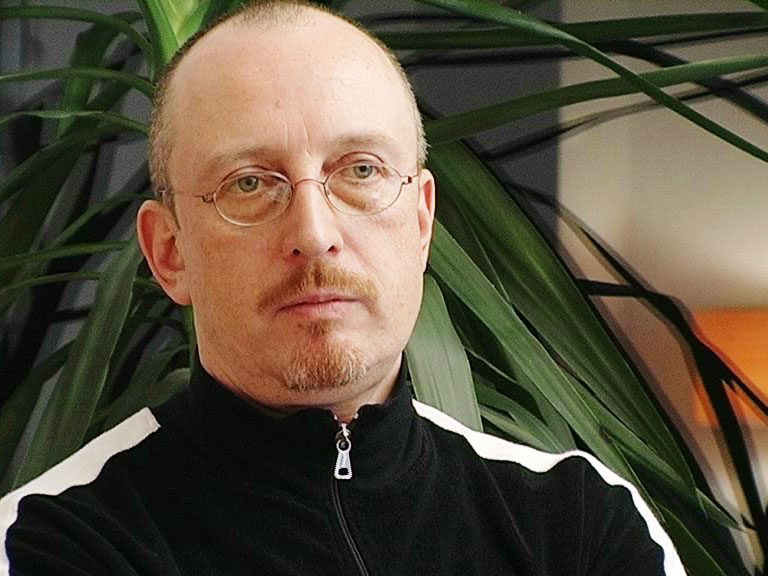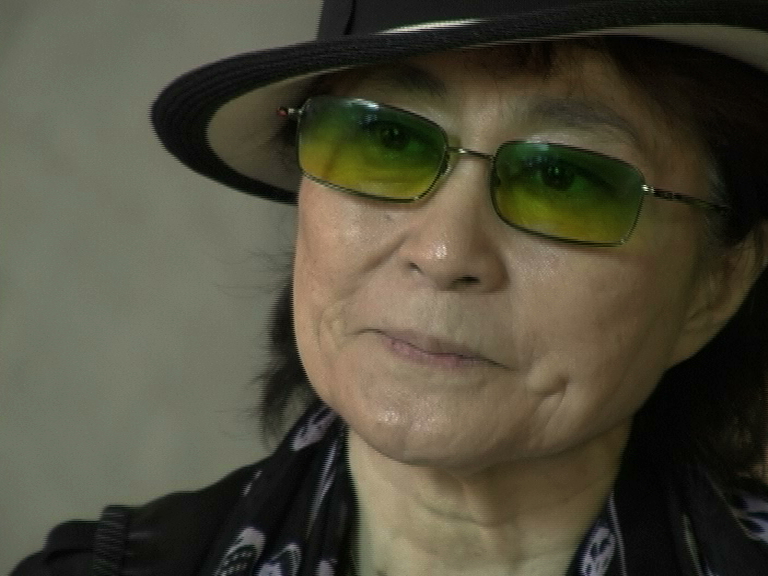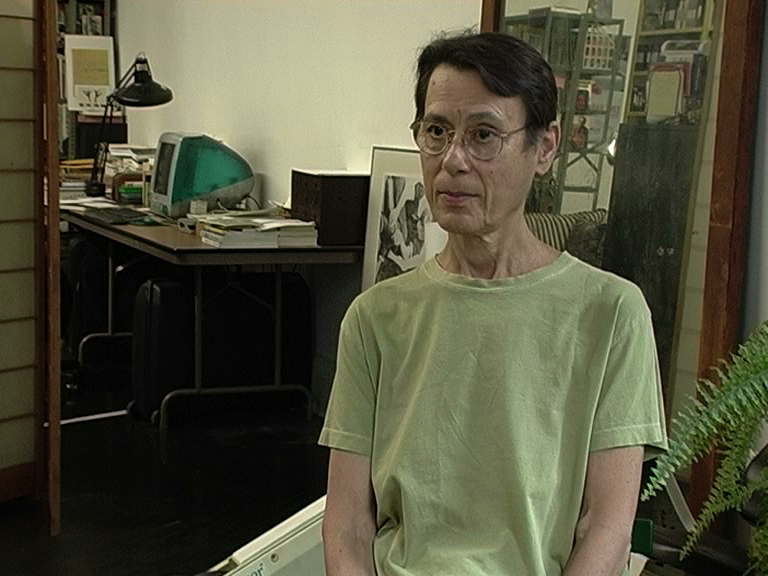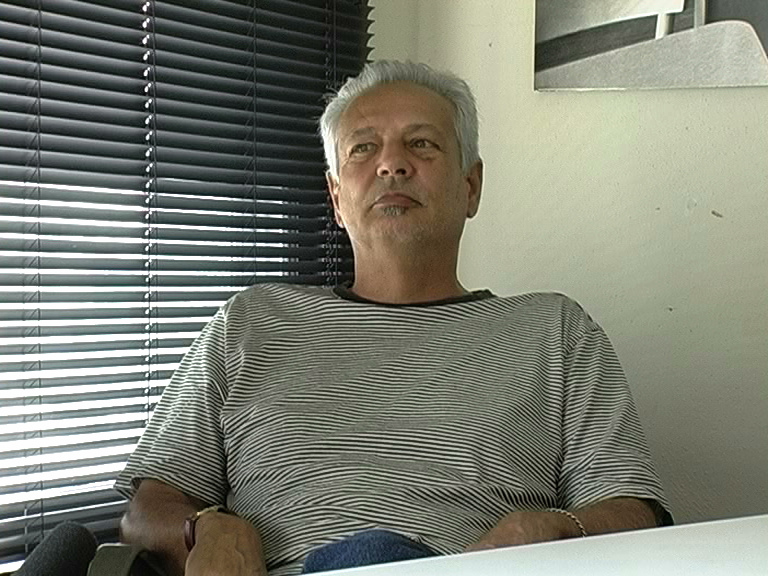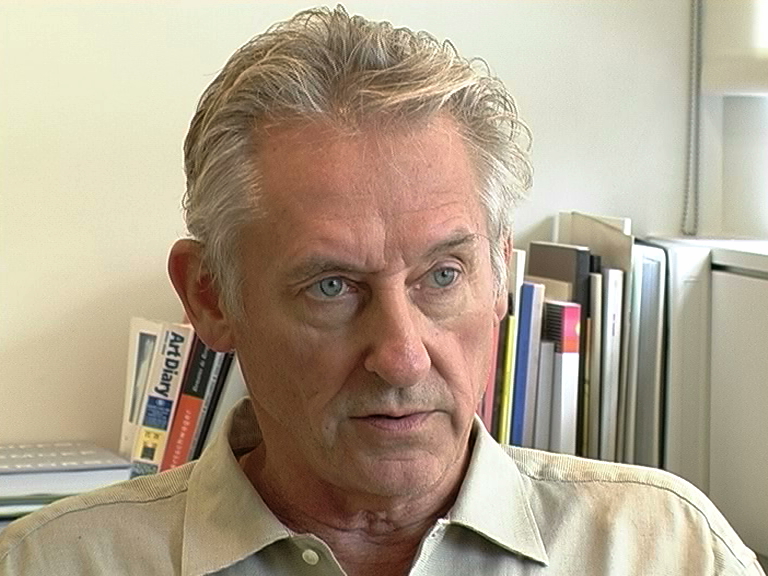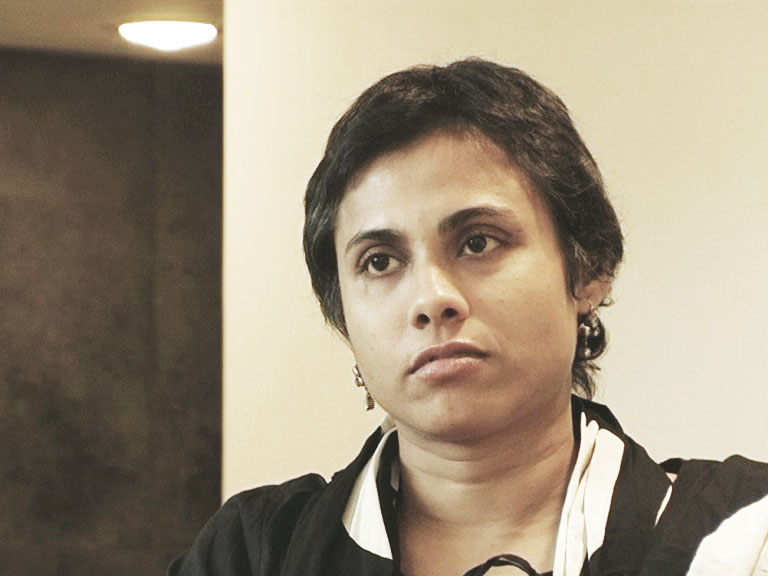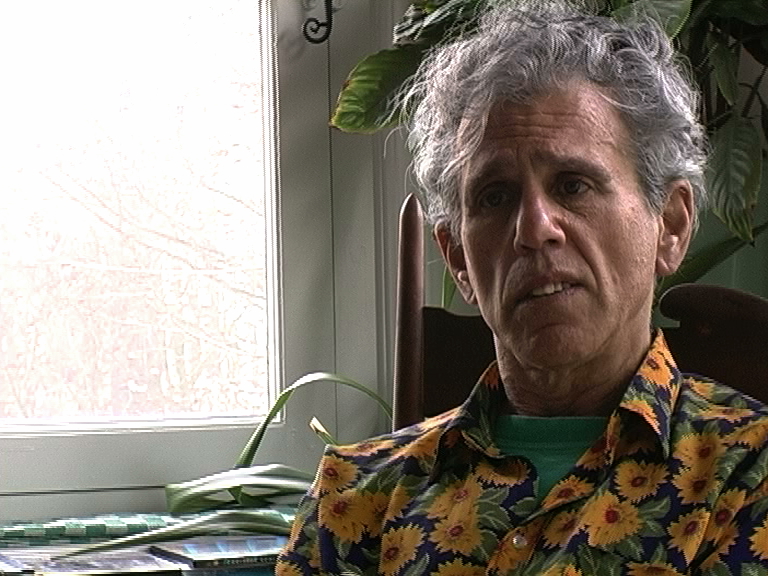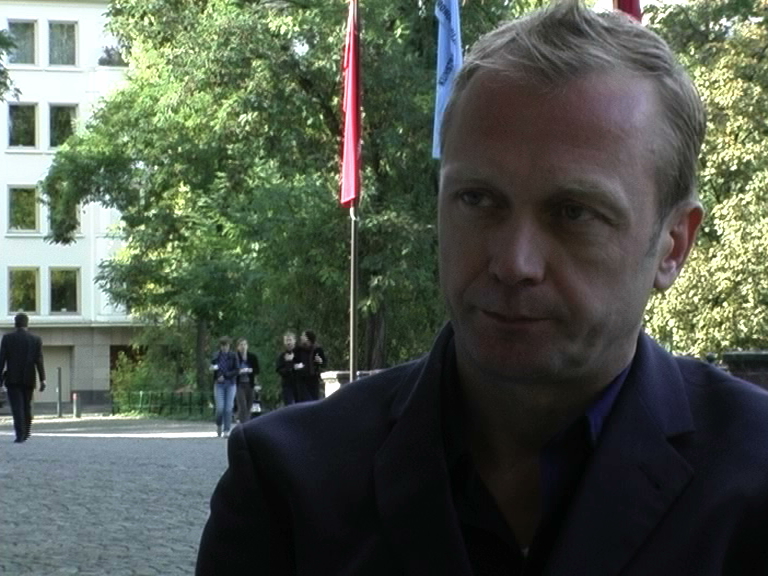S.R.: My first question is: What do you consider the strongest influence on your artistic practice?
D.L.: You mean now, at this very moment, or a few years ago or when I was a child? What do you mean?
S.R.: If you want to differentiate, you can differentiate. Maybe as you started working with art.
D.L.: As a child, I was always very interested in relationships… how relationships are produced, between me and my brother, my sister, my mother, my father. That was very early, and then I became very, very early interested in reproductions, in pictures, in photographs, and the difference between pictures,… art or generally pictures; about pictures coming from Europe, from Argentina, from the United States, how different they were. I was wondering, Why do they look so different? How pictures are so different… Somehow I started to see a cultural difference through how people look and how photographs are taken in different cultures. I was actually… my first memory of any interest in visuals.
S.R.: Can you say something like, which practice in the history of art is your favorite?
D.L.: My favorite? All of them, I really like all of them. I like to draw… My favorite practice in art is thinking, the thinking process, thinking about what kind of work should I do, how shall I do it. That is actually my best moment. The practice comes later, but the real fun is thinking about it.
S.R.: Can you say something like, what is the aim of your practice?
D.L.: What is the aim of my practice? Well, I would say, is to have an idea, to be able to represent it through a photograph, through a film, through an installation. The medium doesn’t really matter to me; the important thing is to be able to represent a concept, to be able to communicate it to someone.
S.R.: Do you think that the conceptual paradigms are still in function, or is it important to renew the paradigms?
D.L.: Oh well, no, they have to be renewed every day. Every day you have to renew the concept; it’s not a permanent thing.
S.R.: How do you see the influences of Conceptual art on art in general in the last 30 years?
D.L.: I think it has been very, very influential and is very influential, and it’s not because I think about that all the time. The way artists today are thinking, it comes from the Conceptual movement of that time. But it’s not just today, because we always came from somewhere. Art has always been conceptual. If you look at a painting by Velázquez, for example “Las Meniñas“, that is a highly conceptualized piece of work. Actually my first contact with Conceptual art… has been through that painting of Velázquez. For the first time I saw the connection between how the image is produced and reproduced by the artist; that painting has three layers: one of them is the artist, the other one is the world he is representing in front of him and the other one is how the image is represented. I mean when I was a child I didn’t get it this way; I kind of discovered that in a way through that painting. When I saw the original painting of Velázquez, it was… I knew that painting through a reproduction, so I always went from the reproduction to the original, to how …the painting is what really isn’t real life. I remember when I was seven years old, I went from Argentina to Spain, and one of the first things I wanted to do in Spain was, I wanted to go to El Prado Museum because I really wanted to see that painting. And when I walked into that room, it has been probably the most important moment in my art memory, first of all the dimensions of that painting; since I was a child it looked gigantic to me. I remember, the first time I saw that painting I didn’t see the original because that painting at that time, the way it was shown at the Prado – I think they changed it now – it was a small room and they had a full-length mirror almost as large as the painting. So when you walked into the room you really didn’t see the painting, you saw an image of the painting; then you turned around and then you saw the real painting. That was for me quite a discovery.
S.R.. When was your decision to become an artist?
D.L.: Since I remember, I always felt different to my other brothers and sisters. I was born a twin – my name is David and my brother was called Victor – and I think the decision was taken after his death, to deal with the pain was to be able to go into my inside and do something with that inside, to be able to get out of myself. Maybe that was the moment. It’s really the first time I say this, but maybe that’s the case.
S.R.: You grew up in Argentina?
D.L.: In Buenos Aires, yes.
S.R.: And then you went to Los Angeles?
D.L.: No. From Argentina I moved to London when I was twenty-one years old. I had a grant from the British Council to go to post-graduate school at St. Martins School of Art. But by the time I got to St. Martins, I was already a professional artist; I had already won top prize at the Sao Paulo Biennial with a big site-specific work, and the year before, I represented Argentina in the Venice Biennial. So, by the time I got to St. Martins as a post-graduate I was already being functioning like a professional artist. But I was ready to move. I wanted to come to Europe, and particularly to England at that moment. So it happened, and somehow I made it happen, because I directed my attention to Europe. Then I lived in London for many many years, for about eight years, but I immediately had a connection with Belgium. So I was kind of taking the train from the UK to the Continent and to Belgium, to Germany; so I was doing Germany, Belgium and London for a number of years, and Paris of course, and a little bit of Italy. So I was like a European, it became my life. Only after that I moved to Los Angeles.
S.R.: Now I have a little bit more personal question. What is your ideal and typical daily work as an artist? Do you have something like a utopia or a fantasy, an ideal of work?
D.L.: Of course. It’s probably different throughout my life but at this very moment it would be to get up in the morning, to have a camera ready, to go and make a movie. With everything resolved, say just go and do it. That would be my ideal, where I wouldn’t have to worry about money or the expense of the movie, or the location – where everything would be resolved, just go and do it. That would really be my great day.
S.R.: There is one more question. Is it right, some people say that as an artist in front of the camera, you have only two options. One is to play the role of the authenticist artist, and the other is to reflect on this staged situation, the way of intellectual discourse.
D.L.: Well, I think both. Because I think like the relationship between me, the camera and you somehow makes me, makes me me, I become me. In fact I really like that relationship between the camera and me, at that moment it’s really me; or at this moment it’s really me.
S.R.: I think more or less these were my questions… (sound was okay?…) Tell us again, please how you arrived in Spain to see Las Meniñas.
D.L.: When I was seven years, my mother brought me to Spain… something that was very common those days, she came to collect her inheritance in Spain because my grandmother had died. They had land and they had a couple of houses. In those days immigrants from Spain, they were usually escaping the Spanish Civil War. Somehow my mother and my father at an earlier point arrived in Argentina. It was quite common for that generation to come back to Spain only to collect, because they still were afraid of the political system in Spain. We came to Spain with an English boat, for sixteen days crossing the Atlantic. Since I arrived in Spain, I really wanted to go to the Prado museum,… because I wanted to know a painting by Velázquez, Las Meniñas. When we arrived at the museum, I remember walking from room to room trying to find it, and suddenly I walked into a room and I saw a huge painting which I recognized it was Las Meniñas and I thought it was the painting. But I turned around and I saw the real painting was in the back of me; what I saw was a mirror image of the painting. And that for me was a very very important moment because I realized that the important thing about the painting was the painting itself, but also the image of the painting reflected in front of the mirror – that in a way is my first conceptual experience and my first live cinematic experience. I thought it was about concept and about cinema, and cinema on a grand scale like, to me, Velázquez was like the Kubrick of today. Let’s put it that way.
S.R.: Very well, last words, thank you very much.




